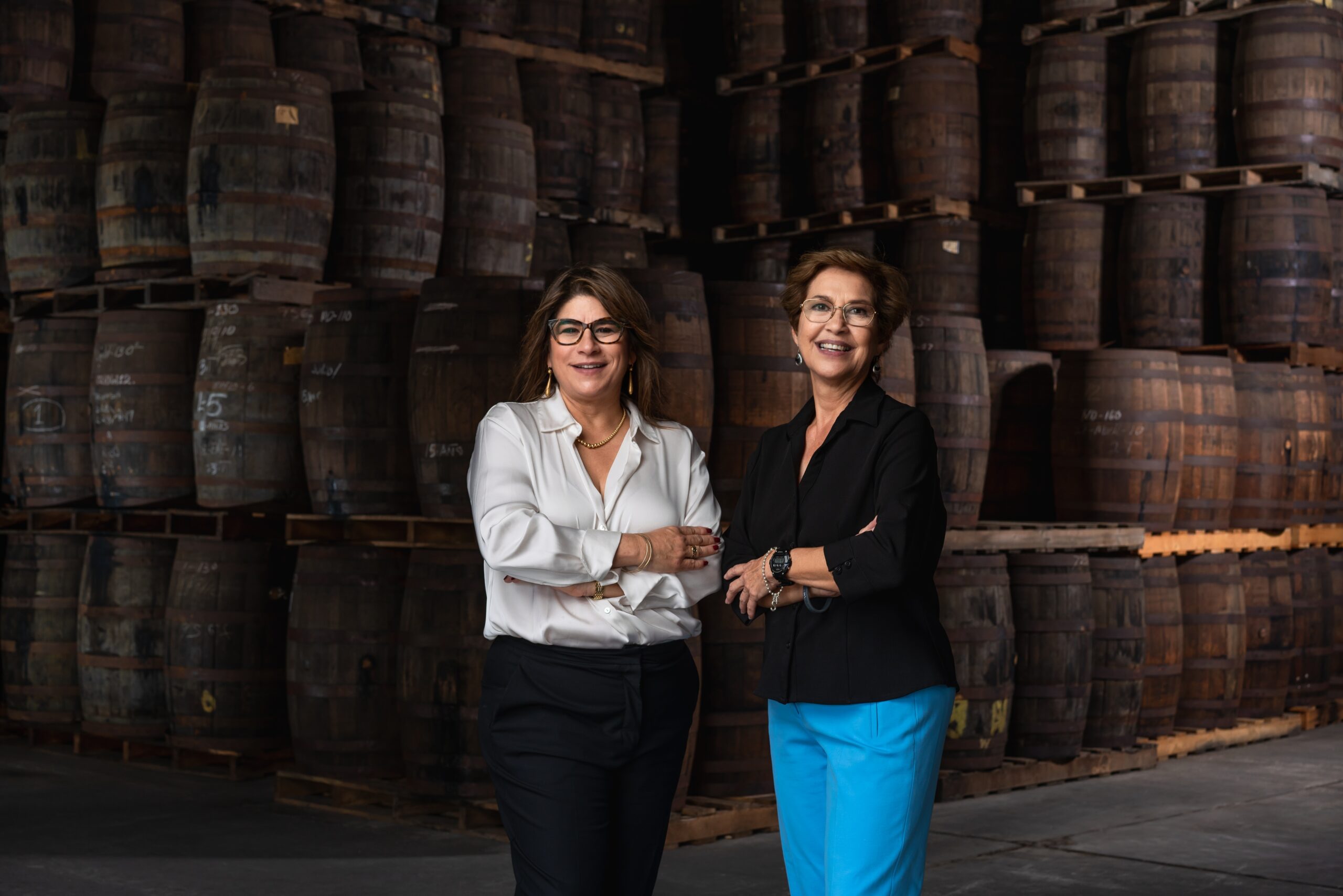
By AnnaMarie Houlis for Fairygodboss
Sheryl Sandberg’s life changed forever the moment she found her husband, successful Silicon Valley entrepreneur and SurveyMonkey CEO Dave Goldberg, dead in a hotel gym during their 2015 family vacation in Punta Mita, Mexico. Goldberg, 43 at the time of his death, had suffered heart complications and is survived by Sandberg and their two children.
Coping with Goldberg’s death was, and still isn’t, an easy feat for the Facebook COO — and she’s written about her grieving experiences in her New York Times best-selling book Option B: Facing Adversity, Building Resilience, and Finding Joy, which she co-wrote with Wharton psychologist Adam Grant. She wrote about how to make the most of Option B when Option A is no longer in the cards in the face of adversity.
Recently, Sandberg shared a course that highlights some of the most powerful topics in their book on LinkedIn — it includes how to talk to friends and colleagues who are hurting when you’re not sure what to say, how to fight the idea that the hurt you’re feeling is permanent and how to give yourself permission to experience happiness again. The book is a resource for those trying to resume normalcy in their lives, possibly get back to work and carry on, but are struggling.
“Dodging adversity is often not a choice,” reads the description of the course, “The Importance of Resilience.” “Encountering a devastating event — the gut-wrenching kind that zaps away joy — is an inevitability of life.”
In the course, resilience is described as the strength and speed of our response to adversity. It’s “when something bad happens, big or small, how much are we able to overcome it — or how well do we persevere in the face of it,” Grant explains.
I’ve experienced adversity in my own life, when I suddenly lost my dad also from heart complications in 2015. So I took Sandberg’s course on resilience, and here are 10 lessons I learned about overcoming any kind of traumatic experience (and helping friends and colleagues to do the same) — albeit loss or something else entirely.

1. Trauma can have a cascade effect.
We need to understand that trauma isn’t always just one big fiasco. Trauma like loss can affect someone’s confidence in other domains of their life — many people will experience survivor’s guilt or feel like their depression is a nuisance to those around them. It could really put a damper in their confidence. So a primary loss can lead to a cascade effect of secondary losses, Grant explains, which have a negative impact on different parts of our lives.
After losing my dad, for example, I gained 40 pounds, lost fistfuls of hair, had very little faith, and became increasingly irritable and alarmingly apathetic. Work felt like a dreaded chore, when it used to feel like something I loved. So that primary loss led me to a myriad of secondary losses that ultimately turned me into someone I no longer recognized. For a while, “resilience” felt like a foreign concept — I thought I had none of it.
2. Resilience is not something we have; it’s something we build.
When Sandberg lost her husband, she began asking Grant how much resilience she had, she says. But he told her that she was asking the wrong question; what she should have been asking was how she could build resilience. And, according to Grant, it’s something we can build long before we face any tragedy or difficulty.
I’d also realized that I’ve been building resilience my entire life — we’ve all had to face adversity to some capacity throughout our lives, and we can take those lessons we’ve learned from doing so to help ourselves and others overcome extreme trauma, too. Over time, resilience builds. We just need to recognize that.

3. Resilience can be strengthened by expressing gratitude.
Grant says that we can build resilience by changing how we process negative events. When we recognize and appreciate the good we do still have in our lives, and realize that our lives could theoretically be worse, we can find the strength to carry on.
Sandberg says that she’s grateful for her own health, her children’s health, every birthday, every dinner, every minute. She also feels fortunate that she at least still has her children in her life. I’m, too, grateful for my health, my family, my work and the many priviledges in life.
4. Adversity isn’t permanent, but unhappiness can become a self-fulfilling prophecy.
“I learned that one of the best ways to build resilience is to fight permanence; you have to believe that it won’t be this bad forever,” Sandberg says.
Grant says that, while many people think that their feelings of overbearing depression and anxiety will last forever — as I did the day I learned the news of my father’s death, and even in the months thereafter — evidence suggests that it probably won’t. Affective forecasting, he explains, is a prediction of how we will feel in the future, and most of us overestimate just the intensity and duration of our misery. He remembers when Sandberg told him that she’d never feel joy again, but he advised her that, if she genuinely believes that, she’ll never do anything that brings her joy again — and then it’ll become a self-fulfilling prophecy.

5. We all deserve to feel joy, and we can again.
Sandberg tells a story of finding just a moment of happiness while dancing with her friends, but she explains how she immediately felt guilty for feeling happy without her husband.
Grant explains that we have to take back and reclaim our joy, and we can do so by starting up the things we love again. “Happiness is really the frequency of positive experiences,” he explains. “Not the intensity.”
Dance more. For me, that meant realizing that life is too short so I started a new job doing what I love: writing. I revamped my blog. I took up kickboxing again, promising myself at least two days a week. I kept myself busy with the things I knew would make me feel even an inkling of happiness or, at the very least, not depression.
6. We can grow from trauma.
A lot of people who experience trauma expend their energy trying to bounce back, but psychologists have discovered that it’s possible for people to actually bounce forward, too. We can find meaning in the loss or traumatic event that’s happened to us, and grow from it.
For Sandberg, this means helping other women in the same way that her husband helped so many people — all of whom raised their hands at his wake to admit that he’d helped them each in some way.
Many of us choose to volunteer or to try to help others overcome the same suffering that we’ve been through; doing so gives our life and our suffering meaning.

7. We should treat others as they would want to be treated.
How we cope may not necessarily be how other people cope, so how we want to be treated might not necessarily be how someone else wants to be treated.
That said, asking someone what you could do to help them places the burden on them — and asking for help isn’t always easy for someone, especially if they may already be feeling survivor’s guilt or like their depression is encumbering those around them. Sandberg says that doing anything at all to be there for someone is better than asking what you could do — maybe they don’t know what they need, but if they know that someone is there for them regardless, it helps them to not feel so isolated.
8. Sometimes, people just don’t know what to say.
I know this firsthand, because no one knew what to say to me, and I still don’t know what to say to people when they go through the same thing — I don’t actually think that there is any “right” thing to say. The Mum Effect is when people avoid talking about upsetting topics, Grant explains, sometimes because they don’t want to be that person and other times because they don’t want to remind someone of a bad experience.
But we need to talk about these things so we don’t bottle them up. And, for me, it wasn’t always easy to bring up first. So we can all be more sensitive in how we ask people about how they’re facing adversity.
Sandberg explains that she felt very alone after losing her husband and when people would ask her how she is doing, even though it was always asked with the best intentions, it felt insensitive. She just lost her husband — how did anyone think she was doing? But when someone would ask her, “How are you today?” she felt like they’d acknowledged that she was suffering while asking how she was handling it that day. And that made all the difference. Plus, it’s a lot easier for the mind to explain what you did that day than to attempt to articulate the total roller coaster of emotions one’s had since their trauma.

9. Mattering matters.
Mattering is “knowing that others notice you, care about you and rely on you,” according to the course. Sandberg explains that, despite how hard it is for a young boy, her son was able to ask friends to step out of school with him to be with him while he had cry breaks. As she told her children, sadness will come overcome them when they don’t want it to. Her son realized that his friends did care about him and actually wanted to be there for him during those cry breaks, and that helped him cope with his father’s loss.
I remember approaching the first anniversary of my dad’s death. My biggest fear was that my sulking time was over — I could no longer burden my friends and family with sob stories because it’s been a whole year, right? The first few days after a tragedy like mine, everyone is there for you — people fly in from all over to console you (and mostly feed you). But then it’s over; everyone goes home and carries on with their lives, and you’re still stuck living a nightmare, seemingly alone. After a few months, I felt like crying about it was still warranted, but I thought I had to give myself a cut-off time so I was neither walking around like “woe is me” nor being “weak” by my own unfounded definition of the word.
On the anniversary of my dad’s death, knowing about my fear, my best friends threw me a legitimate “pity party.” They went so far as to hang streamers in my apartment, put out my favorite foods and wrote me the most beautiful card to let me know that I can always cry to them — for eternity. Friends called me up or showed up at my apartment periodically, and still do, to share memories with me or check in. My coworkers mailed me flowers and took care of my workload as best they could. I’ll never forget those gestures that made me feel like I matter. We can all make others feel like they matter just by being there or lending an ear, too.
10. Being open helps the community.
When we’re all open about the hardships we each face, at least with one other person, we help each other to open up. Everybody is going through something, but it’s not always easy to talk about unless we feel safe, cared about and not alone. Community is key.

AnnaMarie Houlis is a multimedia journalist and an adventure aficionado with a keen cultural curiosity and an affinity for solo travel. She’s an editor by day and a travel blogger at HerReport.org by night.
A version of this post previously appeared on Fairygodboss, a leading career community that helps women get the inside scoop on pay, corporate culture, benefits, and work flexibility. Founded in 2015, Fairygodboss offers company ratings, job listings, discussion boards, and career advice.

















One thought on “10 Things I Learned From Sheryl Sandberg’s New Class About Resilience”